The main aim of the project is end up with something almost indistinguishable from an original, stock N64. To that end, the plan is to:
- Use all four original control ports and have all four controllers working correctly
- Use original power switch with safe shutdown circuit
- Use original reset switch
- Use original power supply (or at least make it look like it's being used)
The guts of the system will be a Raspberry Pi Compute module which has the following specifications:
- Broadcom BCM2837B0, Cortex-A53 (ARMv8) 64-bit SoC @ 1.2GHz
- 1GB LPDDR2 SDRAM
- 8GB/16GB/32GB eMMC Flash memory, or a Lite variant without eMMC Flash memory
Note: I'm not unrealistic in my expections of performance here - I don't expect to N64 games to run perfectly on this. I'm in this mostly for the building anyway.
 jackal123uk
jackal123uk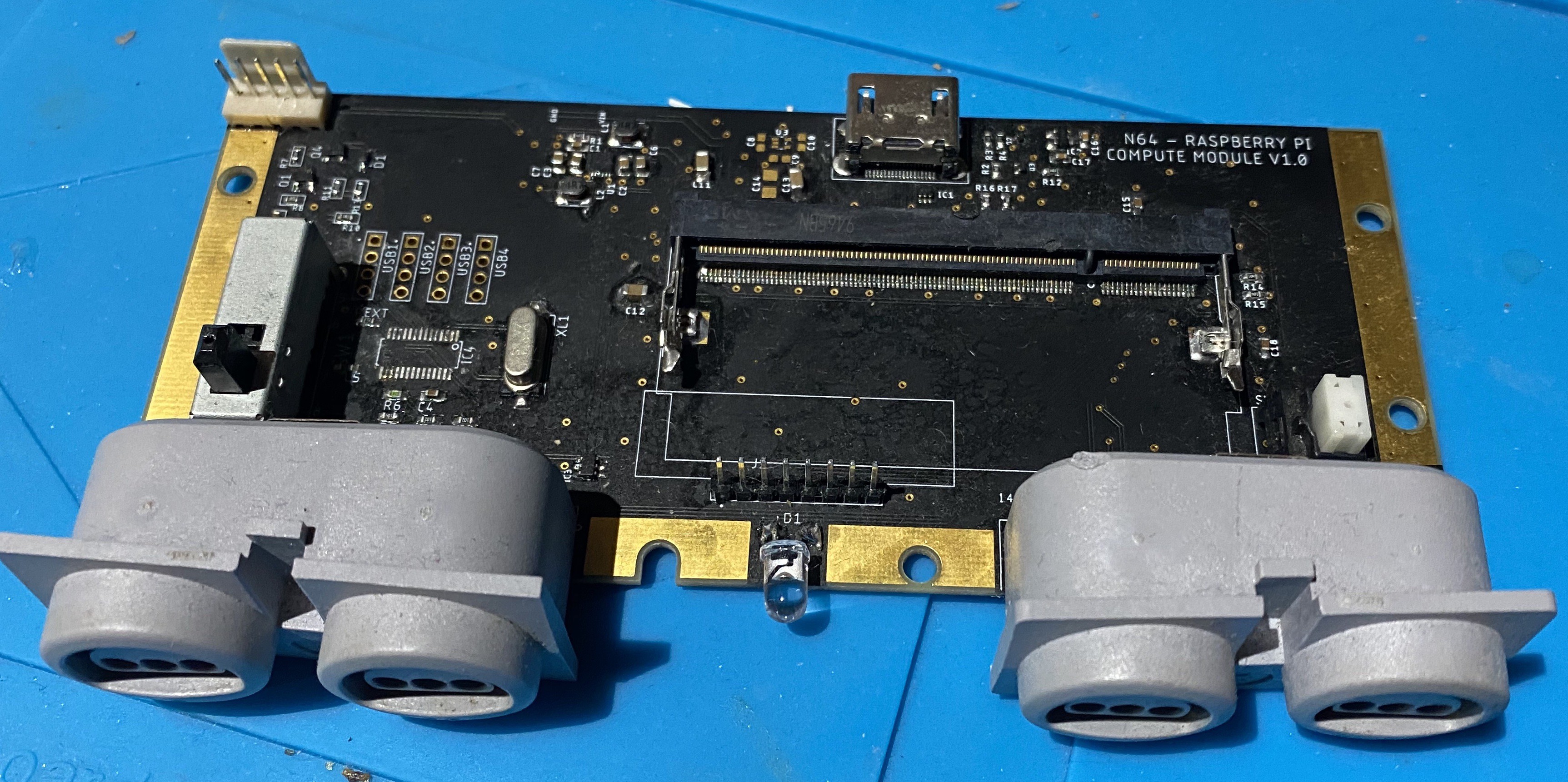
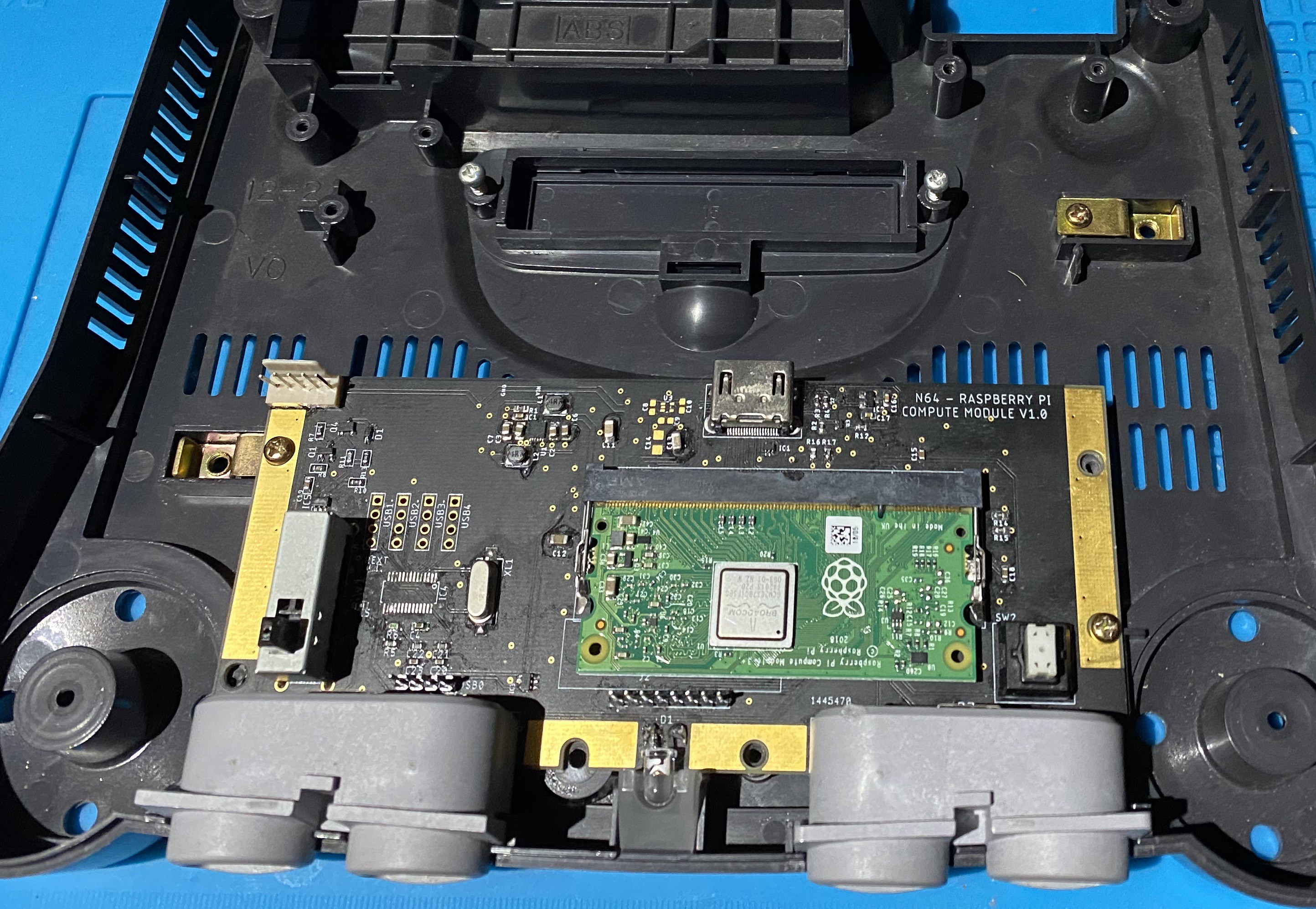


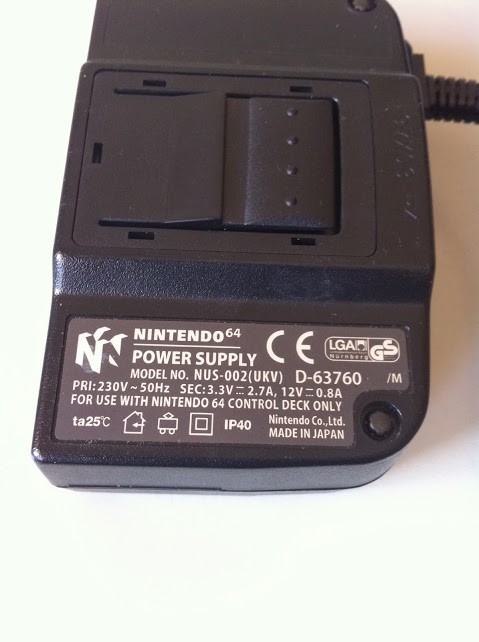
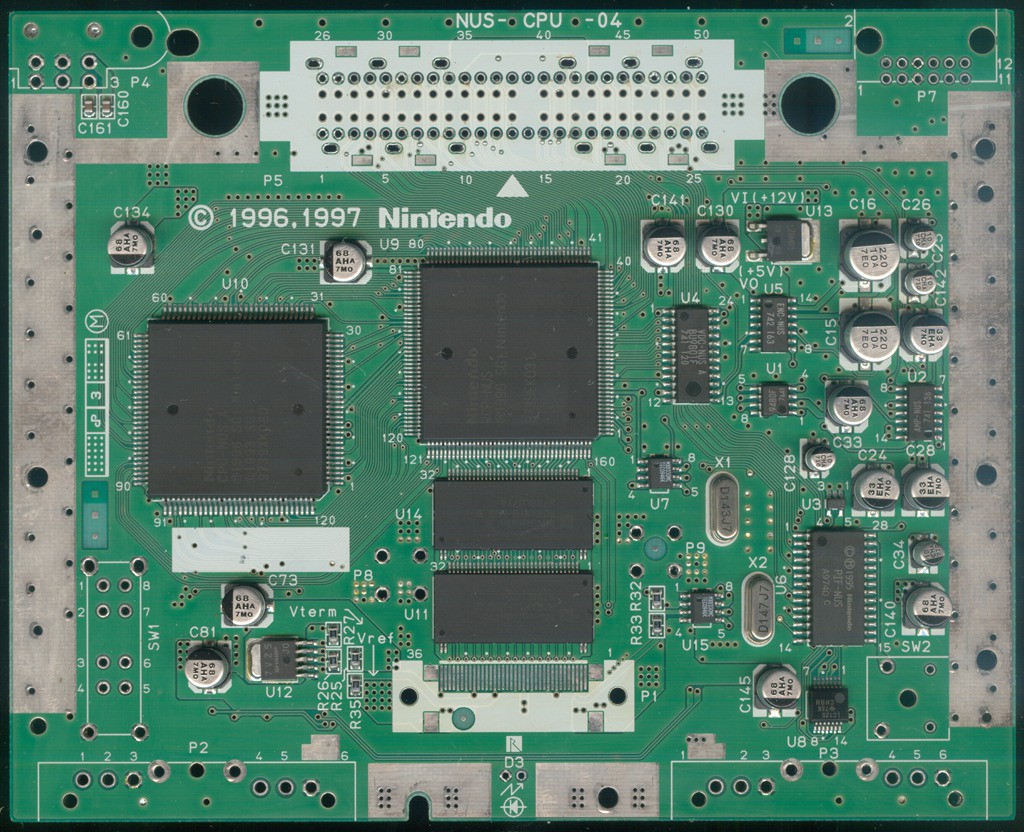





 Ryan Walmsley
Ryan Walmsley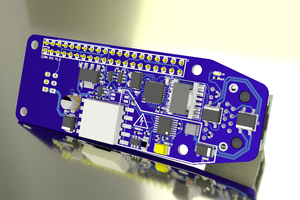
 julien
julien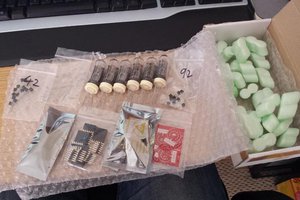
 Jon Davies "Woody"
Jon Davies "Woody"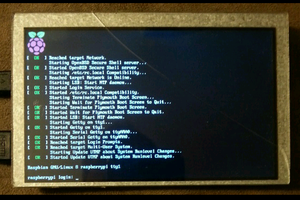
https://junaidmugloo.blogspot.com/